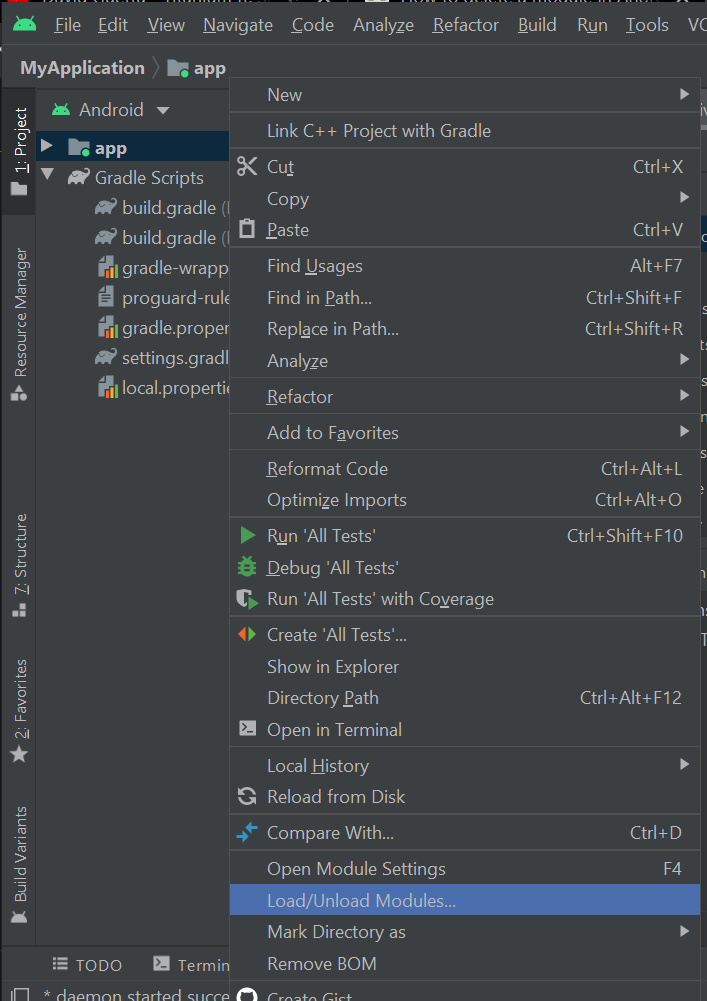


Remote Number Sim will be the destination number, the SIM number housed in TDG133. To update immediately this field just press the button below (Set). In the first box, Remote Device Name, we write our remote device name so it can be distinguished from any other in use. Obviously we can access this screen any time to change some of these settings. Let’s look at the various App sections to explain how to manage our TDG133 remote it is also useful as a various available commands quick review to make the best use of these remote devices.īefore looking at the main screen, you need a brief description of the configuration pages, where, after the first installation, we’ll need to set some fields. To access this screen just press Android Menu key and select the Settings icon you will see a screen like the one shown in figure.

Once powered the board, the green LED will flash every second during the connection to a GSM network, then it will change the flashing frequency (once every 3 seconds) to indicate normal operation. Now we can use our app, but it’s better to properly configure it before doing that. outside the allowed thresholds, are warned by an error windows to avoid wrong device status.īefore trying the app, let’s make sure that the SIM card is present in our remote and is not locked by the PIN number, or it will not respond to our messages. The idea of developing an app was born because our remote controls are operated by sending text messages, which, having to be short, forces us to use a syntax that may appear cryptic and difficult to remember. Using the app you do not have to worry about storing and executing the right commands, but everything will be more intuitive through the graphical interface. To activate a remote control output, for example, just press the button not worrying about typing the correct command, because the application code will do the right matching.Īt the same time this app will also perform a check on the strings to be sent so that they are syntactically correct: this avoids wasting a SMS for a wrong syntax string or for a typo. Even wrong settings values, i.e. The code is written in a modular way, so in case we want to manage other remote controls with more I/O lines we just have to make simple customizations, even because the additional commands are very similar and the application code is available online, then you can easily implement new functions at will.

This app is called TDGRemote for TDG133, it is a free download from the Google store, and is written basing on the TDG133 remote control that manages 2 inputs and 2 outputs.


 0 kommentar(er)
0 kommentar(er)
